
Is hydrogen dangerous?
Carole Kamlade and Nicolas Daudou from SEM EVEER'HY'PÔLE answer the question


Because of various accidents (the Hindenburg airship accident in 1937 being probably the most famous), hydrogen has a bad reputation. Yes, it can explode or catch fire if the hydrogen tank leaks. But in hydrogen vehicles, it is stored in pressurized tanks and is very well protected. Whether it is the manufacturing of the vehicle, the storage of hydrogen or the use of the vehicle itself, everything has been thought out to avoid accidents: drastic regulations, multi-level training, safety of materials and components, etc. All these standards make the use of hydrogen accessible today, with a low and controlled risk level.
Hydrogen has been used for many years in the chemical industry as a component, in particular in the manufacture of ammonia, the refining of hydrocarbons and the treatment of materials. Hydrogen safety issues in this industrial context are therefore well known and mastered.
In addition to these traditional applications, new uses for hydrogen are developing by using this gas as an energy carrier. It can be converted into electricity or heat for a whole range of stationary or mobility applications (cogeneration, emergency power supplies, generators, etc.). The development of hydrogen mobility in France has therefore also led to the appearance of new generations of hydrogen service stations that can, depending on the case, produce hydrogen locally thanks, for example, to an electrolyzer or distribute hydrogen purchased from a supplier (production on another site, with transport and availability in several service stations).
The architectures of these new embedded and stationary applications must also meet their own safety and regulatory requirements. The specificities of hydrogen from a risk point of view remain common to traditional applications. It is therefore possible to consider the development of this energy vector with a sufficiently low level of risk to be socially acceptable.
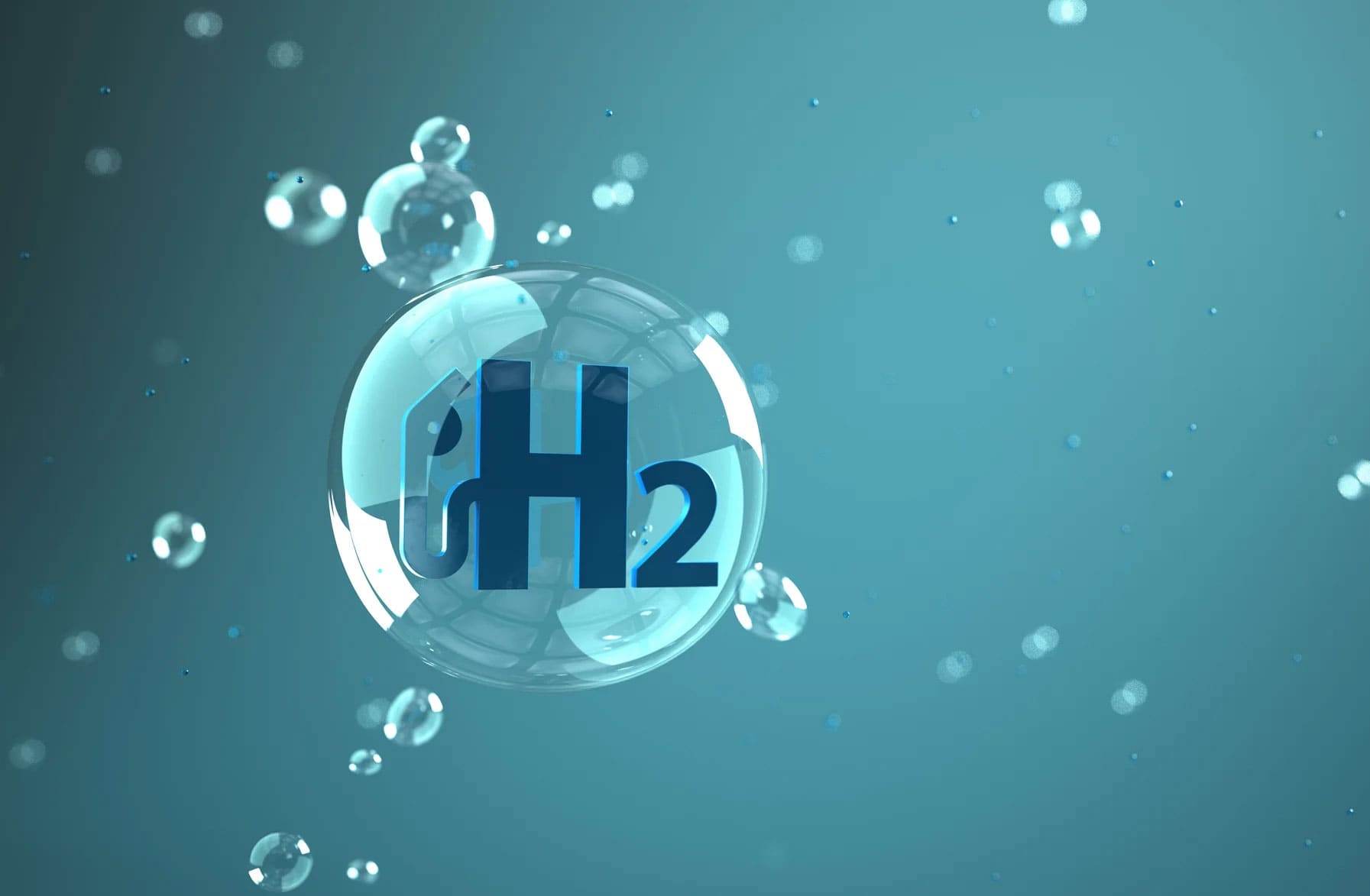
Hydrogen is a colorless and odorless gas, so it is not spontaneously detectable by our senses. Neither toxic nor explosive, when diluted in the air, it becomes flammable and potentially explosive under certain conditions. It is therefore necessary to take all necessary measures to prevent it from spreading outside the enclosures where it is stored or the pipes in which it circulates. Its flame is colorless, which has both a disadvantage (it is invisible and therefore not visually detectable) and an advantage (the heat does not radiate and is therefore less likely to ignite other objects or surfaces nearby).
Several specific characteristics of hydrogen are likely to increase the risk:
an ease of leakage due to its small molecule size and low viscosity in case of leakage,
a very wide flammable range at ambient pressure and temperature from 4% to 75% by volume,
permeation through materials,
the embrittlement of certain metallic materials,
the very low ignition energy,
the risk of detonation under certain conditions of hydrogen concentration in the air between 11% and 59%.
With a very low density and a high diffusion coefficient, it also has a natural tendency to rise and mix with the ambient air. In comparison, it is eight times lighter and has a diffusion coefficient four times greater than methane, which makes up 95% of natural gas. Thus, in free space, it escapes and dilutes very quickly without forming an accumulation pocket. In confined space, an accumulation remains possible, as for the other gases. In the case of hydrogen, it will generally form at the high point.
The handling of hydrogen therefore presents a certain number of serious dangers. Nevertheless, a good knowledge of these hazards and their countermeasures should allow the safe design of systems using hydrogen.
There are three main principles to control the risk of creating a hydrogen explosive atmosphere in a hydrogen system:
Avoiding leaks through safe design and proper maintenance (maintenance policy) by limiting, for example, the number of screwed connections and frequent assembly and disassembly operations,
properly ventilate all enclosed spaces where a leak could lead to hydrogen accumulation
detect the leak as soon as it appears and shut down the hydrogen supply system quickly.

Designers generally prefer natural convection ventilation, provided that they make sure that it is sufficient and operational whatever the external conditions (wind and temperature in particular).
Hydrogen detectors (and multi-spectrum flame detectors for stationary applications only) are therefore judiciously placed near potential leakage points and wherever there is a risk of hydrogen accumulation. The design ensures redundancy of both the detectors and the data processing computers and software to maintain a sufficient level of safety in the event of a failure of one of them. Automatic hydrogen supply cut-off devices in case of leak detection. In general, a first high alarm threshold is set at 10% of the Lower Explosive Limit (LEL) and a second critical threshold at 20% of the LEL. Similarly, designers double the automatic shut-off valves with manual valves located in non-exposed areas.
More specifically, the safety and approval of hydrogen vehicles also depends on the EC approval of the many components of the hydrogen system integrated into the vehicle. In Europe, all these components must undergo regulatory tests (material tests, corrosion resistance, endurance, pressure cycles, internal sealing, external sealing, etc.) in laboratories notified by the competent approval authority in order to be installed in vehicles. The safety of hydrogen vehicles is therefore guaranteed by their approval, before they are put on the road, as for all other types of vehicles intended to circulate on the public highway. The public authority thus guarantees that the level of safety is that expected by the regulations. In addition to the traditional approval rules for internal combustion engine vehicles and the rules related to the electrification of the propulsion system, PAC vehicles are subject to specific European regulations. These include, for example, Regulation (EC) No 79/2009 concerning the type-approval of hydrogen powered motor vehicles and Regulation (EU) 406/2010 implementing Regulation (EC) No 79/2009 of the European Parliament and of the Council on the type-approval of hydrogen powered motor vehicles. This approval process is the responsibility of the vehicle manufacturer. Hydrogen vehicle manufacturers perform an overall safety analysis of the hydrogen system and its interaction with the vehicle and its environment. Key points of the operational safety analysis are required in the approval process of a vehicle, based on specific regulations.
The introduction of the hydrogen risk in workshops requires vehicle manufacturers (or vehicle operators performing maintenance operations on hydrogen systems) to respect the regulations concerning explosive atmospheres, commonly called “ATEX regulations”, which are the retranscription of two European directives, concerning
requirements to improve the safety and health protection of workers who may be exposed to the risk of an explosive atmosphere (Directive 1999/92/EC of 16 December 1999),
equipment and protective systems intended for use in potentially explosive atmospheres (Directive 2014/34/EU of 26 February 2014).
These regulations and their applicable standards allow for the classification of ATEX zones, and require that training be provided to personnel working in ATEX zones.
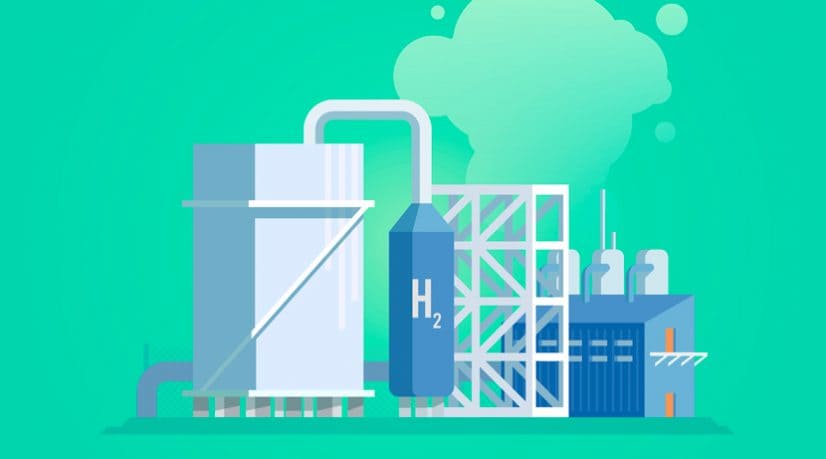
Therefore, it is highly recommended to train your staff on hydrogen risks with experts in the field. Training is essential to any hydrogen mobility project, as is the introduction of any new technology to non-expert users. Training modules, addressing safety issues, must be provided upstream of the deployment project, on the entire hydrogen energy value chain (production, storage, applications), its specificities (physical and chemical characteristics), the risks linked to its use, the safety measures to be implemented (standards and regulations). The objective is to understand the hydrogen circuit inside a service station or in a vehicle, the safety measures put in place and their role in the safety of the application is also necessary for a good understanding of the issues. It is important to involve the people who will be in direct contact with the application (vehicle users, drivers, vehicle and station maintenance personnel, etc.)
With the deployment of the first hydrogen filling stations in France, fire and rescue services have been trained in France since March 2014 on hydrogen-related risks and emergency response on alternative energy vehicles. The French National School for Fire Fighters Officers (ENSOSP), based in Aix-en-Provence, has developed educational tools dedicated to teaching hydrogen risk for use by first responders. These include theoretical training on the characteristics of hydrogen, existing standards and the fleet of hydrogen-powered vehicles, as well as practical training with exercises on a virtual reality simulator and real demonstrators. For any new project related to hydrogen mobility, it is strongly recommended to involve the emergency services (SDIS and emergency centers) which can issue recommendations for a given installation. An intervention sheet can be drawn up in collaboration with the fire brigade, in particular to define and standardize the safety perimeters to be implemented in the event of an accident (leak, fire…). In addition, the means of action (insulation, purging, etc.) and emergency cut-off (gas, electricity) must be identified.
In the event of an accident, the driver of the vehicle must behave in the same way as for any other type of vehicle: first turn off the ignition and get out of danger to call for help. Any additional or specific recommendations are described in the user manual provided by the manufacturer for first responders.
The intervention process for each vehicle is described in the FAD (Extrication Assistance Sheet) and ERG (Emergency Response Guide) sheets. These are designed to help rescue services identify specific and general vehicle hazards and to protect themselves and the public during the initial response to an accident.
Rescue personnel are trained and adapt their response process to the type of vehicle they are responding to.
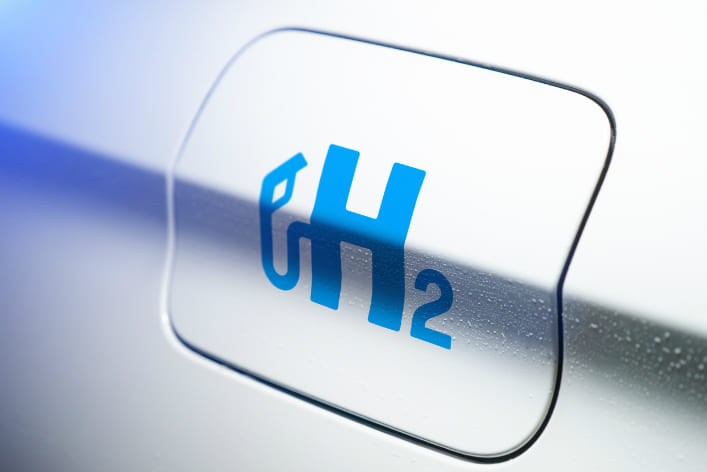
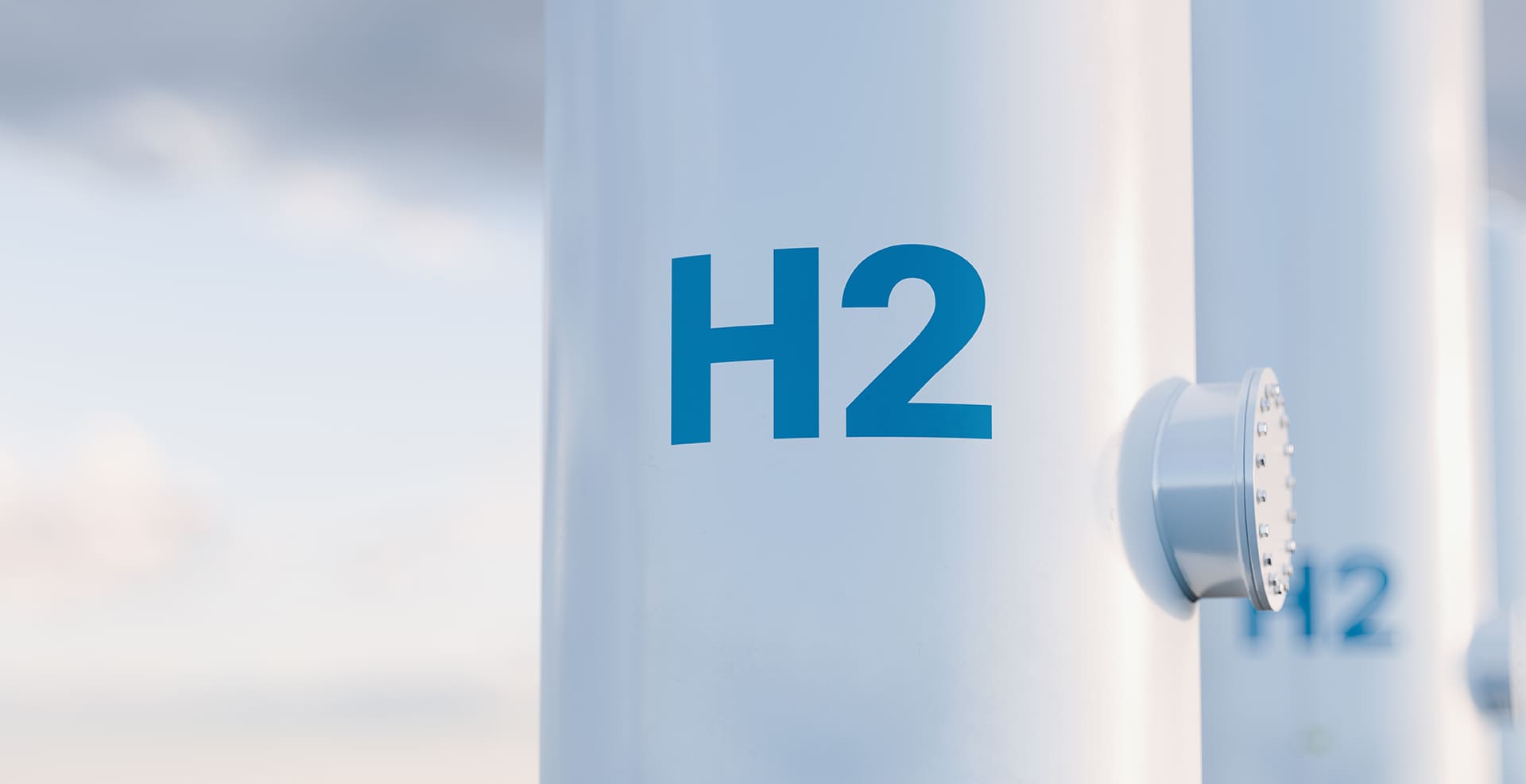
Hydrogen can be stored in its three states: gaseous, liquid or solid.
For mobile hydrogen, the gaseous storage of hydrogen is the most frequent and the simplest since, on the one hand, hydrogen is gaseous at ambient temperature and pressure and, on the other hand, production by electrolysis or steam reforming generates hydrogen in gaseous form. The density of hydrogen being low, this gas occupies a very large volume at standard atmospheric conditions. The simplest method to decrease the volume of a gas, at constant temperature, is to increase its pressure.
As a compressed gas, it requires a large storage volume, because its volumetric energy density is lower than that of other fuels:
Thus, at 350 bar, hydrogen has a density of 24 kg/m3 against 42 kg/m3 at 700 bar and 0.090 kg/m3 at normal pressure and temperature.
Today, most car manufacturers have chosen the solution of storage in gaseous form at high pressure. This technology makes it possible to store the quantity of hydrogen necessary for a vehicle powered by a fuel cell to travel distances equivalent to traditional thermal vehicles. It is therefore compressed to make it easier to handle and, above all, to transport. For automotive applications, storage must be minimized in terms of space, hence the development of more elaborate tank technologies that can reach 350 bar or 700 bar. These pressures are becoming the standard for tanks in the first generations of fuel cell vehicles to be commercialized. Storage at 700 bar seems to be the best compromise between energy density, flexibility, safety of use and cost. For other on-board applications (buses, utility vehicles with range extenders, etc.), the 350 bar solution is preferred; it is sufficient for the usage cycles and much more affordable, both in terms of the cost of the vehicle tanks and the cost of the service station.
In France, a ministerial order of general prescription was signed on October 22, 2018 for the safe operation of hydrogen filling stations in France. The order came into force on January 1, 2019, at the same time as the entry into force of the new heading 1416 “Service stations: installations, whether or not open to the public, where gaseous hydrogen is transferred into vehicle tanks, the daily quantity of hydrogen distributed being greater than or equal to 2 kg/day” introduced by the decree amending the nomenclature of classified installations for environmental protection.
A hydrogen service station can be supplied either from a cylinder frame (storage at 200 bar) or from a production unit delivering hydrogen at 10 to 20 bar. The hydrogen is then compressed to a pressure higher than the vehicle’s supply pressure (350 or 700 bar) and stored in cylinders called “buffers”. Before distribution, the hydrogen is cooled by a heat exchanger and a cooling unit (for 700 bar vehicles only). The refueling station (also called “dispenser”) is the physical interface between the vehicle and the station. The person refueling follows the established protocol to ensure the safe refueling of the vehicle: connecting the vehicle to the ground if necessary, connecting and locking the dispenser valve to the tank nozzle and then starting the automatic sequence. During filling, the fuel cell system is stopped and hydrogen is not admitted to the low pressure circuit. The hydrogen is admitted to the vehicle tank through a specific line equipped with a non-return valve. Therefore, hydrogen can only flow from the station to the tank. The filling process can be stopped automatically when the tank is full thanks to a pressure switch (pressure sensor) or a communication between the vehicle and the station.
When the tank is full, a signal indicates to the operator that he can unlock the valve and remove the ground connection. It is the terminal’s PLC that manages the filling speed of the vehicle’s tank according to the protocols defined in the filling standards. These filling protocols make it possible to control the physical phenomena related to the rapid transfer of pressurized gas and, in particular, to avoid an excessive rise in tank temperature. The SAE J2601 standard prevents, thanks to a “physical deception”, the filling by a 700 bar station of a lower pressure tank, but the opposite is possible (filling of a 700 bar vehicle by a station delivering a lower pressure). The tanks are designed to withstand this filling operation without degradation of the material and its performance, many times, i.e. throughout their lifetime (5000 filling cycles).
At the end of the filling process, the hydrogen remaining in the filling gun hose is evacuated to a vent in the filling station.
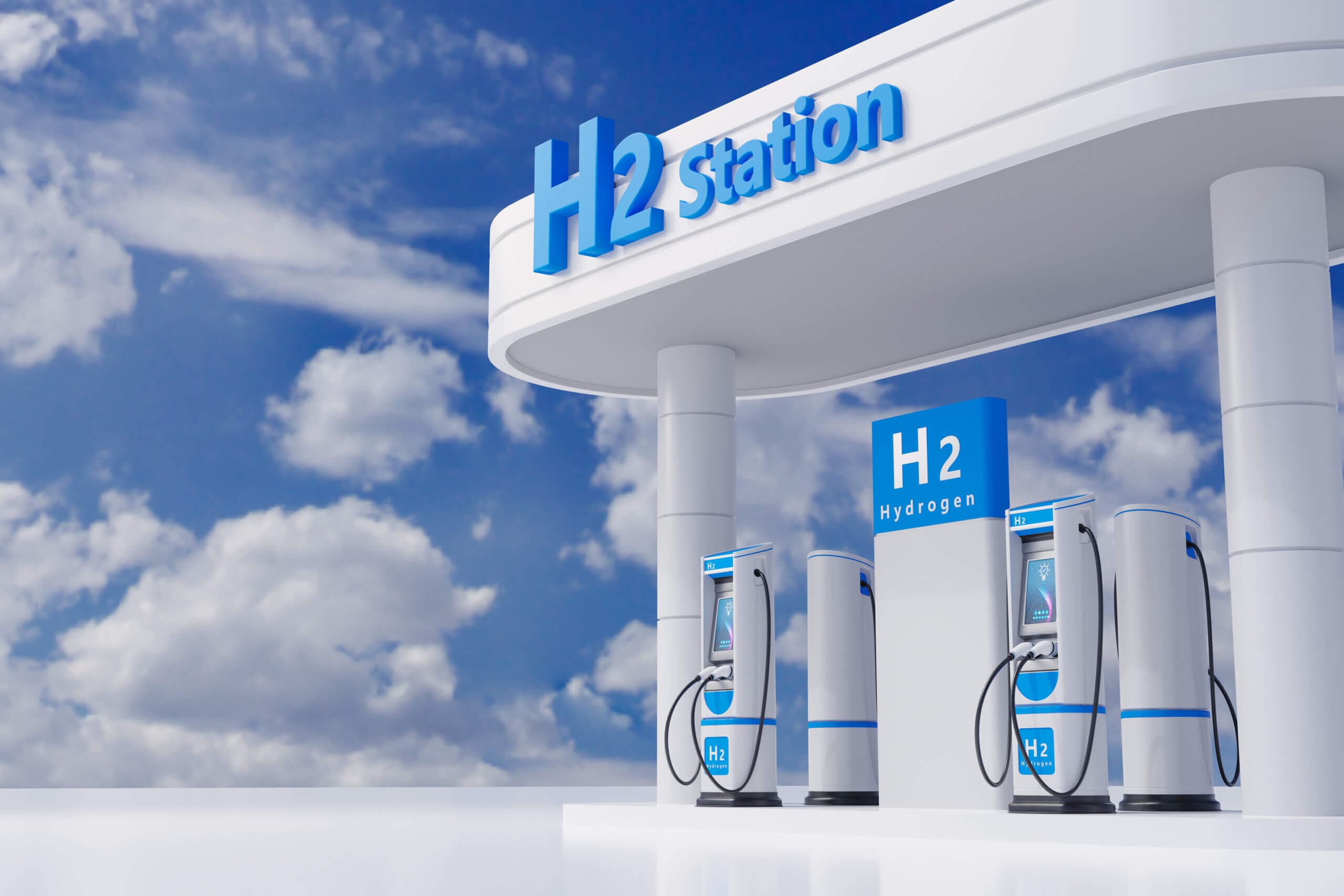
In a world facing ever more pressing environmental issues, transition
“A stone has no hope of being anything other than
The fourth leading cause of mortality in the world, air